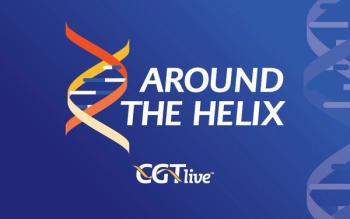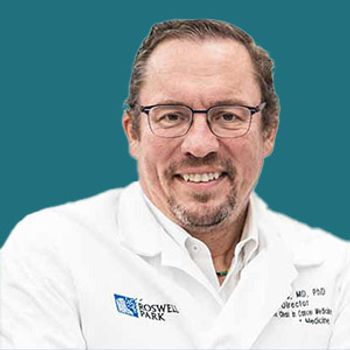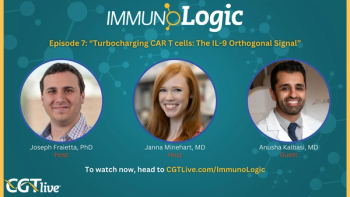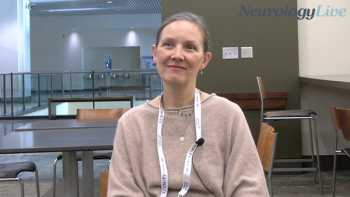
Craig M. McDonald, MD, on Developing Gene Therapy for Different Populations of DMD
The principal investigator of the HOPE-2 trial discussed results of the trial in the non-ambulatory population of patients with Duchenne muscular dystrophy.
“In the HOPE-2 trial we focused on the non-ambulatory population with Duchenne, which has largely been ignored in previous clinical trials. Most clinical trials in Duchenne are focused on the ambulatory population and these patients have largely been at the back of the bus as far as some of the more innovative therapeutics go.”
The allogeneic cardiosphere-derived cell therapy CAP-1002 (Capricor Therapeutics) has yielded statistically significant clinical benefits in non-ambulatory patients with Duchenne muscular dystrophy (DMD), according to newly released data from the phase 2 HOPE-2 trial open-label extension (OLE; NCT04428476).1 The trial met its primary endpoint of improvement on Performance of the Upper Limb 2.0 (P = .02) The OLE evaluated 12 patients out of the original 20 from the HOPE-2 trial (NCT05126758). Capricor has also just dosed the first patient in the phase 3 HOPE-3 trial (NCT05126758) of CAP-1002 in patients with late-stage DMD.2
CGTLive spoke with Craig M. McDonald, MD, chair, Department of Physical Medicine & Rehabilitation and professor, Department of Pediatrics and Physical Medicine & Rehabilitation, UC Davis Health, to learn more about the data seen in the OLE. He discussed the importance of assessing therapies in the non-ambulatory population of patients with DMD.
REFERENCES
1. Capricor Therapeutics announces statistically significant clinical benefits in skeletal muscle function in non-ambulant Duchenne muscular dystrophy patients treated with CAP-1002 in HOPE-2 open label extension study. News release. Capricor Therapeutics. June 27, 2022. Accessed July 20, 2022. https://feeds.issuerdirect.com/news-release.html?newsid=7075005202651835 .
2. Capricor Therapeutics announces first patient dosed in pivotal phase 3 study of CAP-1002 for the treatment of Duchenne muscular dystrophy. News release. Capricor Therapeutics. July 19, 2022. Accessed July 20, 2022. https://feeds.issuerdirect.com/news-release.html?newsid=7011515935297837
Newsletter
Stay at the forefront of cutting-edge science with CGT—your direct line to expert insights, breakthrough data, and real-time coverage of the latest advancements in cell and gene therapy.











































